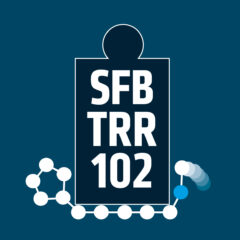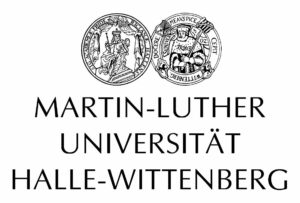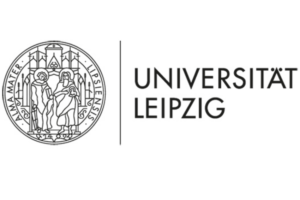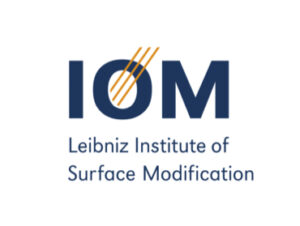17:15 Uhr
UC Santa Barbara, USA
Topological defects in three-dimensional active nematics
Abstract:
Two-dimensional active nematic liquid crystals generate mesoscopic active stresses that render the entire system unstable. For extensile nematics, slight bend distortions of the director field create hydrodynamic flows that further deform the director field. Upon saturating, these distortions produce pairs of motile point-like topological defects that drive large-scale turbulent-like dynamics. Such defect driven dynamics has been observed in diverse systems ranging from shaken granular rods and reconstituted cytoskeletal components to swimming bacteria and dense tissues composed of anisotropic cells. In comparison to extensively studied 2D systems, very little is known about the dynamics of three-dimensional active nematics. We describe novel methods for assembling 3D active nematic liquid crystals and our ongoing efforts to characterize both the structure and dynamics of the string-like topological defects found in these highly dynamical materials. Our results illustrate how active matter can serve as a platform for testing theoretical models of non-equilibrium statistical mechanics, developing a new class of soft machines and potentially even shedding light on self-organization processes occurring in living cells.






